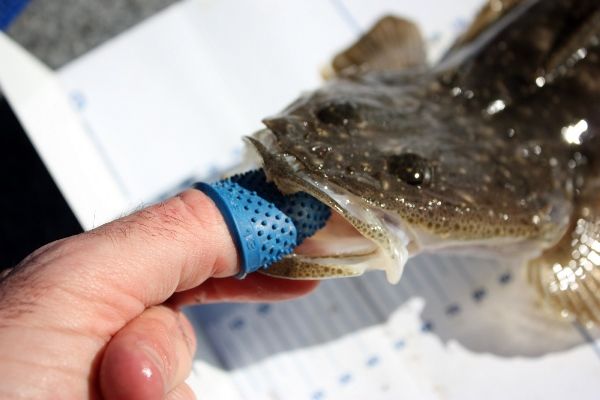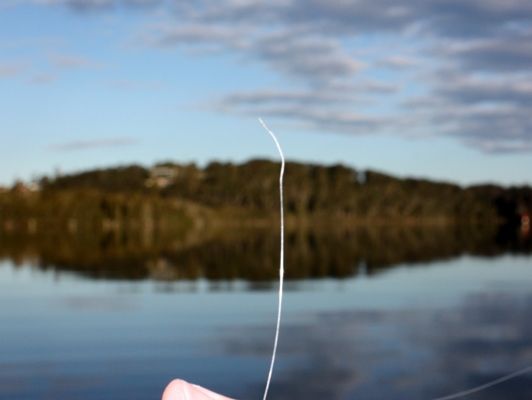Latest News
Lessons learned from a lost Leviathan
Wednesday, 6 August 2014
The classic fishing story is, of course, the one where the angler stretches out both arms and says “it was THIS big!”
In 2014, it is typically followed by a digital photo presented on a phone. Tales about the ‘one that got away’ can be equally dramatic, although they rarely have photos to accompany them. While disappointing, losing a big fish can be a valuable learning experience. Firstly, we can learn from what went right. Where was the fish caught? During which part of the tide? On what lure or bait and under what conditions? This is all good info to file away for next time. And then there is an opportunity to learn from what went wrong. So perhaps I can save you the heartache of losing a really special fish, because last weekend I had one on the line and it WAS this big, but you’ll have to take my word for it.
I was fishing in one of my favourite south coast estuaries in a hole around nine metres deep. Still conditions meant the boat was drifting very slowly and the soft plastic lure could reach the bottom before I either drifted away from it, or straight over the top of it. The tide was running out and schools of bait fish and mullet – food for predatory fish – would occasionally pass under the boat. I made a cast and waited several seconds for the lure to reach the bottom. I gave the rod a sharp flick upwards, before winding in the slack line and letting the soft plastic fish swim back down. A substantial tug on the line suggested something had just swallowed the lure and settled back on the sand. I raised the rod tip and felt several kilograms of apparently immovable weight. The rod, now bent over double, started to pulse in time with the tail beat of a huge flathead. My heart was racing but my actions were calm – to begin with. After a few minutes and two laps around the boat however, I was starting to lose my nerve.
As anyone who has put their thumb into a flathead’s mouth knows, they have small sharp teeth to prevent their prey from escaping. It was these teeth that were playing havoc with my fishing line and my nerves, grating and sawing against the leader every time the fish changed direction. I decided the longer the fish was on, the more chance it would eventually chew right through the weakening line. In response I tried to speed up the journey of this fish from nine metres down to the net poised on the side of the boat by firmly lifting it off the bottom with the rod. It was almost in sight when…the line snapped.
OK, looking on the bright side, what went right? It was a very deep section of the estuary with plenty of tidal flow and the last of the falling tide, late in the afternoon. The soft plastic was a paddle-tailed fish in black and silver and 65mm long. What went wrong? The fish chewed through the line. So the obvious solution would be to use heavier line than the 10lb leader I was using - 15lb would have been better. An alternative solution would be to use a longer lure, say 80-120mm, with a similarly long hook, so the fish would be more likely to bite down on the body of the lure, rather than on the line tied to it. The bigger lures will limit the number of smaller fish you will catch, or the chance of catching a bream or trevally, but so too might the thicker and more visible line. It’s a trade-off between more fish, or a big fish. On the drive home it also dawned on me that once the line was weakened I probably should have put as little pressure through it as possible, rather than trying to get the fish to the net more quickly to prevent any further damage. These are the lessons learned from a lost Leviathan; I sincerely hope that you too don’t have to learn them the hard way.
Graham Fifield
Tags Flathead Graham Fifield




